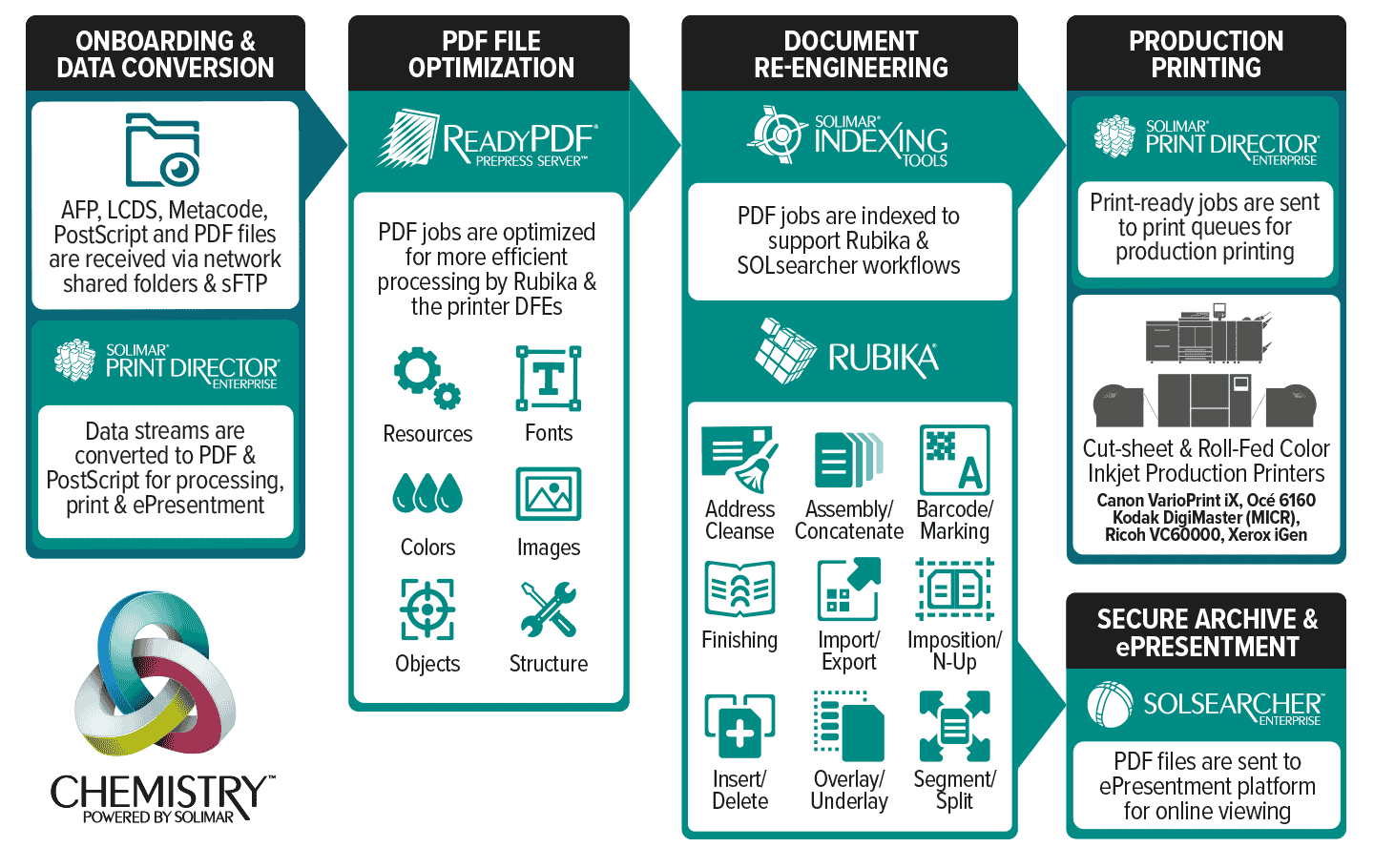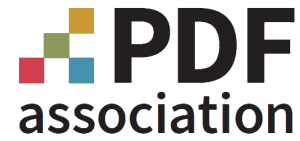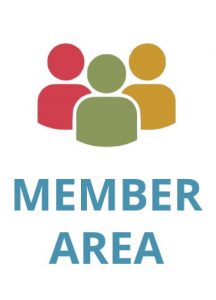
DataProse Stays Ahead of Customer Demand with Solimar Solutions
Excerpt: DataProse leverages Solimar Systems’ solutions, like ReadyPDF PDF Optimization, to accelerate their internal workflow and external customer document access.
About the author: Jonathan Malone-McGrew, edp, has literally grown up around PDF and the print and digital communications industries. In his early years, he watched his parents build a successful print software company … Read more

Contents
DataProse provides turnkey solutions for converting customer data into electronic presentment and cost effective transactional print output. They leverage Solimar Systems solutions to accelerate their internal workflow and external customer document access.

DataProse serves over 400 customers across telecommunications, financial services, utilities, healthcare, non-profit, and other industries from their base in Texas. Focused on helping clients service and market to their customers through improved billing statements, e-presentment, and personalized direct mail, DataProse requires a high degree of workflow automation. Since their initial engagement with Solimar in 2001, DataProse moved their IT facilities and storage in-house and continued expanding their use of Solimar modules.
Beginning with Solimar Print Director™ Enterprise (SPDE), they added other Solimar solutions like ReadyPDF® Prepress Server™, Rubika®, and SOLsearcher™ Enterprise (SSE) to enable value-added services for their client base. Having several components within Solimar’s Chemistry platform has allowed DataProse to quickly onboard new customers and grow their business. Rubika makes it easy to implement critical workflow automation tasks like adding barcodes for inserter control while simultaneously maximizing postal savings. Next, SSE provides a highly scalable, fault-tolerant, e-delivery platform for web presentment. Finally, DataProse has flexibility on the production floor through the automation of SPDE to seamlessly drive printing equipment from several different vendors. As a result, DataProse has seen year-over-year increases up to 432% in clients using their PDF-based workflow supporting double-digit revenue growth.
Today they can onboard a new customer in 60-90 days, but when it is a pure PDF application the Solimar tools reduce the implementation to 30-45 days from start to finish. Brian Ray, the Chief Technology Officer, recently shared updates on how the company is leveraging ReadyPDF optimization software.
The New Challenges for DataProse
With hundreds of clients representing a growing variety of industries, the changing mix, quantity, and quality of file types is an inevitable challenge for DataProse. There are legacy data streams, PostScript, and, increasingly, PDF files to onboard, optimize, and output for print and e-presentment platforms. Inefficient structures and duplicated resources, as well as occasional resource omissions, are common characteristics of files passed to DataProse by third parties. Being able to optimize this content while assuring the necessary fonts and other resources are present is a critical automation step for DataProse.
“With large print runs in the tens of thousands, we need to prepare and process many jobs in a single shift.”, says Brian Ray, Chief Technology Officer. The company needed to standardize and linearize the incoming PDF files before further processing occurred in the print production workflow. With a fleet of mixed vendor and technology printing equipment, multiple Digital Front Ends (DFEs) also introduced an added layer of complexity, risking different approaches to how files are interpreted and RIPped.
Providing a superior e-presentment platform is another critical opportunity for content optimization. Consumers expect an easy and fast online experience and will abandon their search, session, or download if it takes too long. Large and inefficient files waste time and network bandwidth and can frustrate consumers as they try to retrieve and view their bills and statements online.
Updating the Workflow for New Challenges
To tune their content for printing or presentment, DataProse turned to Solimar Systems for help. Already experienced with Rubika’s ability to optimize PDFs as it assembles large sets of files into a single print-ready job, DataProse knew ReadyPDF was likely to help them meet their automation requirements and broader PDF optimization goals for the high volume workflows they manage. software. While there are several PDF preflight tools in the market, ReadyPDF has been designed to meet challenges commonly associated with production transactional and variable data.
Customer Satisfaction Grows with Optimization
The benefits of the ReadyPDF solution are proven. In lab testing by Keypoint Intelligence, file sizes were reduced by up to 98%. The results have been equally impressive for DataProse. According to Ray, “With ReadyPDF, we are able to reduce PDF file sizes up to 95%, which streamlines our print output but also creates an optimized file for fast e-presentment online.” The smaller PDF files reduce storage requirements, reduce internal network traffic, and most importantly, significantly improve e-presentment load times for consumers.
With so many ways to create a PDF file, the standardization aspects of ReadyPDF also produce operational benefits. Removing extraneous objects allows the DFE to process files more efficiently and with more consistency—a significant advantage for mixed vendor print production environments. DataProse also found that ReadyPDF optimized files improved the RIP times on some of their older printing equipment. Overall, Ray explained, “We have been very satisfied with the results using ReadyPDF and continue to find more ways to incorporate it in our overall workflow.”
Business Profile
DataProse provides turnkey solutions for converting customer data into electronic presentment and cost-effective transactional print output. They leverage Solimar Systems solutions to accelerate their internal workflow and external customer document access.
Benefits
- Significant file size reduction: Saw up to a 95% reduction in PDF file size.
- ePresentment load time improvement: Statements open in a matter of seconds on their ePresentment platforms.
- Maximized network bandwidth: Optimized PDF files reduced internal network traffic.
- More efficient DFE processing: Removing extraneous objects allowed the DFE to process files more efficiently.
- Faster RIP times: Improved RIP times on older printing equipment.
- Optimized storage & archive: Smaller file size minimized storage and archive costs


